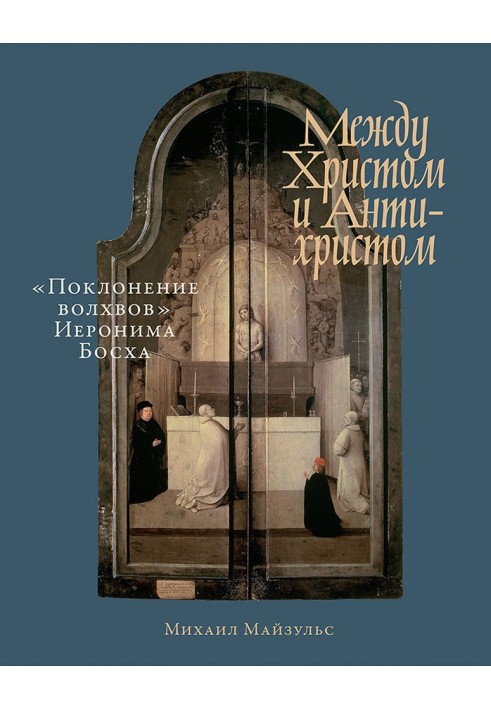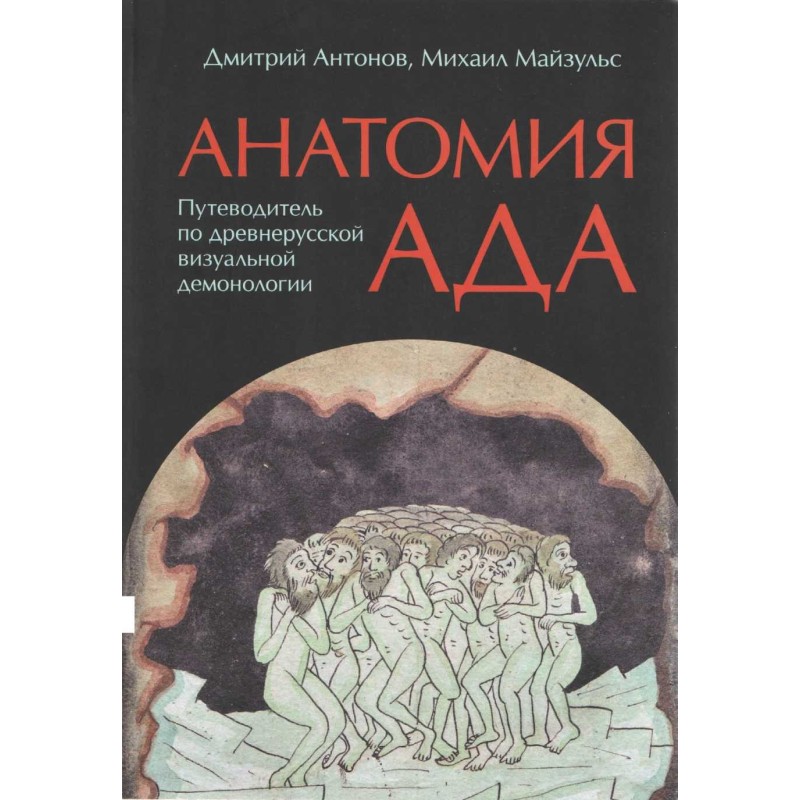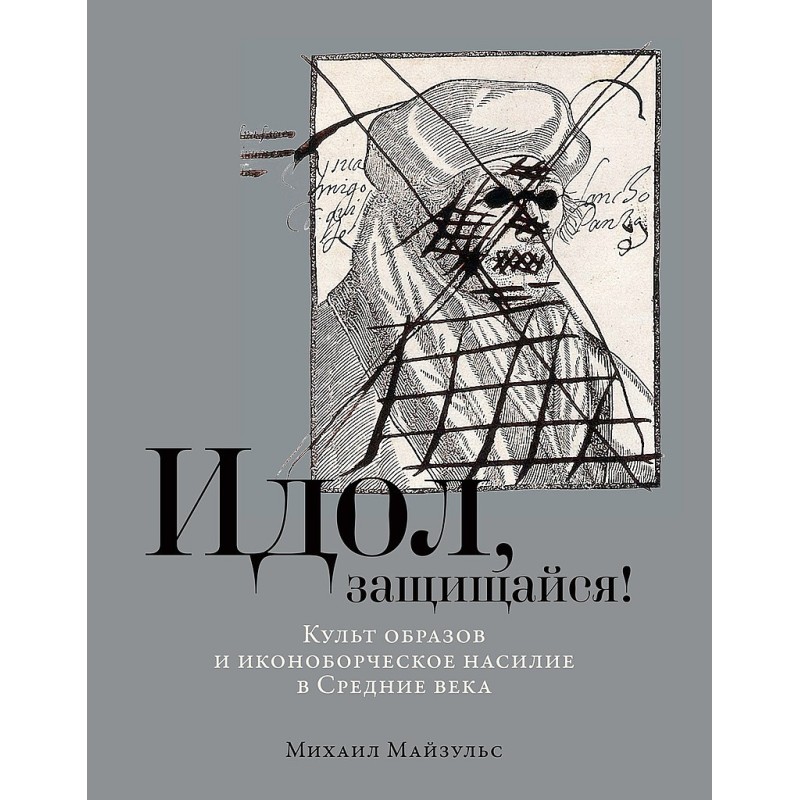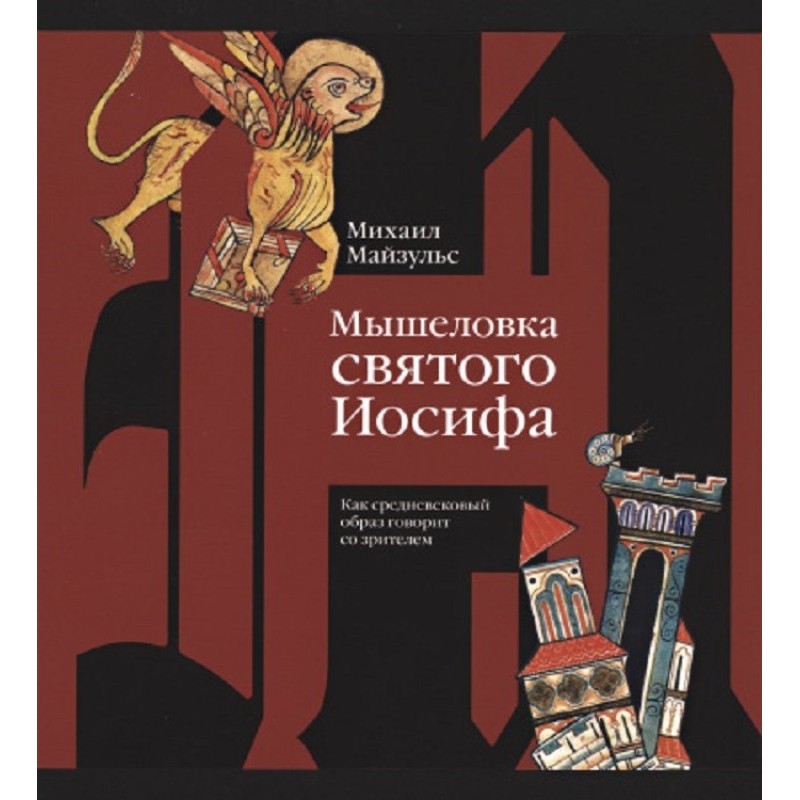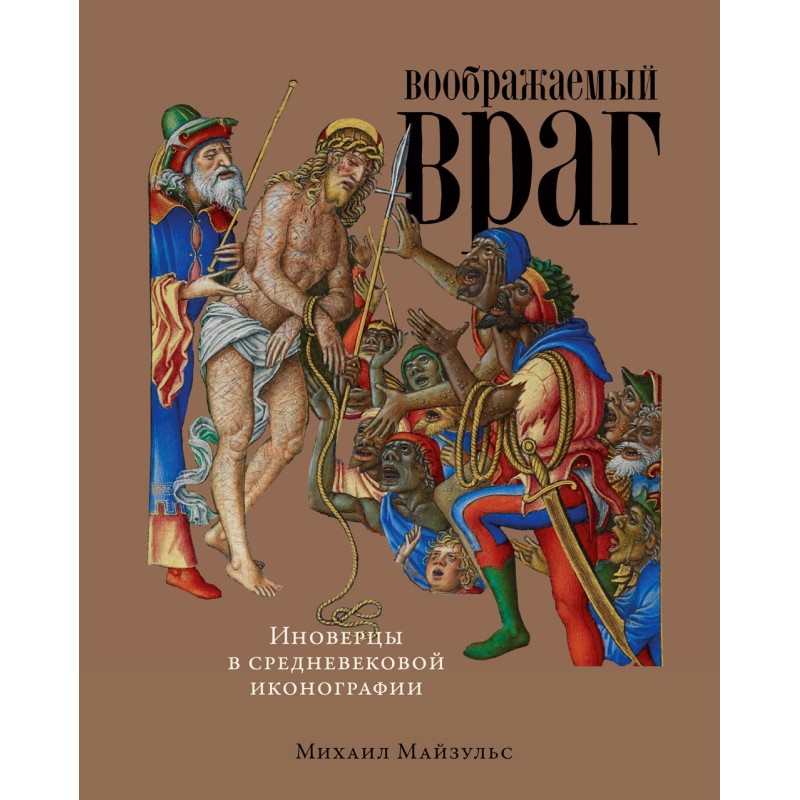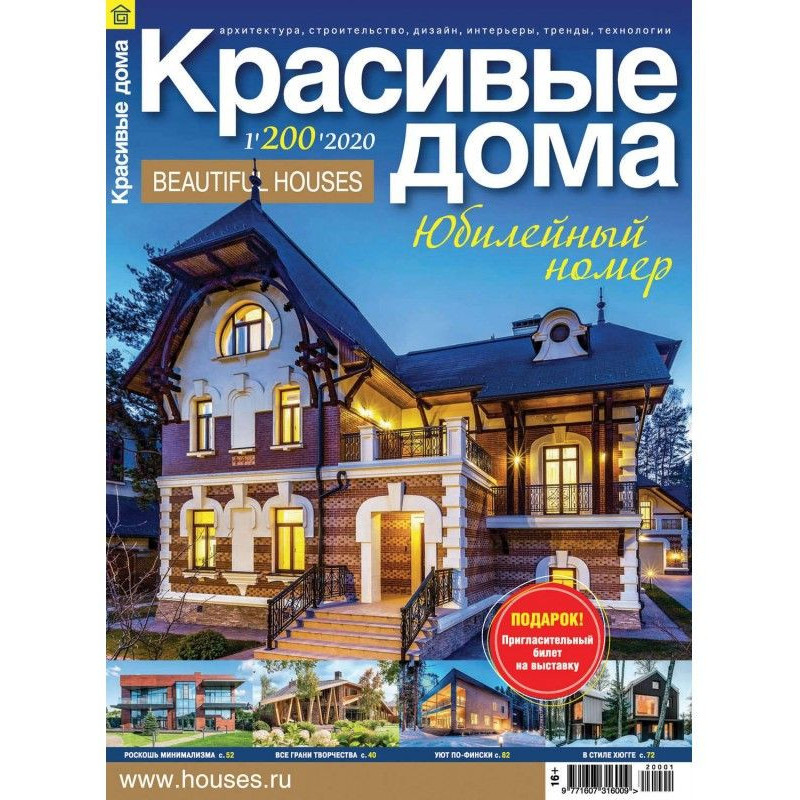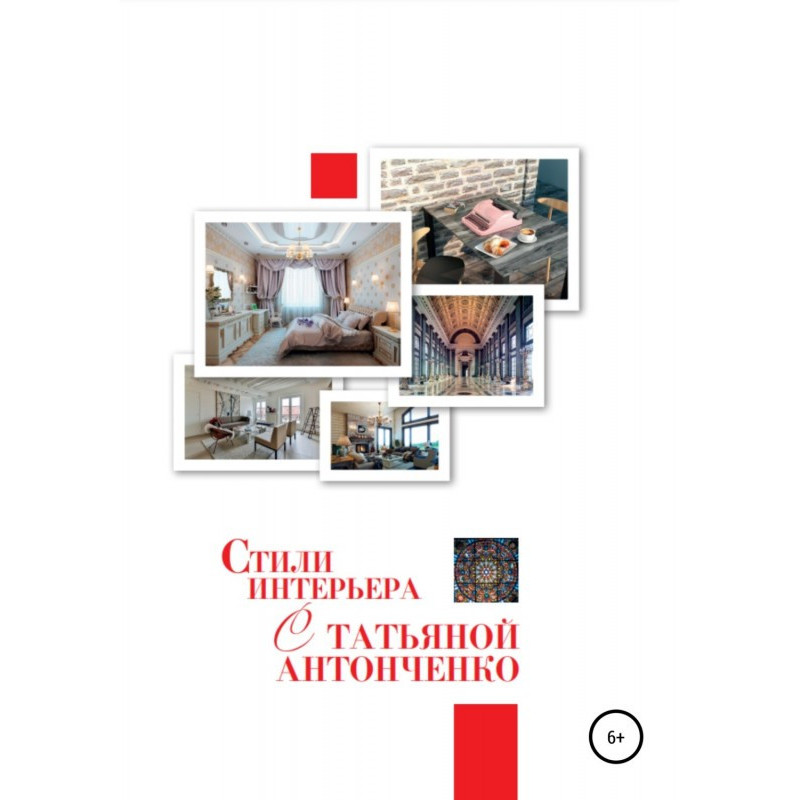Between Christ and Antichrist. "Adoration of the Magi" by Hieronymus Bosch
 Instant download
Instant download
after payment (24/7)
 Wide range of formats
Wide range of formats
(for all gadgets)
 Full book
Full book
(including for Apple and Android)
Since the Middle Ages, thousands of images of the gospel scene have come down to us, where the three wise men bring gifts to the newborn Jesus. Among the ivory reliefs, book miniatures, mosaics, frescoes, altar panels and stained glass, one image stands out that has long intrigued historians - the Adoration of the Magi triptych, painted by Hieronymus Bosch. It contains many iconographic "anomalies". Who is this bearded man standing at the door of the hut? His red cloak is draped over his naked body, on his head is a turban entwined with thorns, and his ankle is encased in a glass vessel through which a bleeding wound can be seen. Why are sirens and fish devouring each other written on the clothes of the black sorcerer and his servant? In the West, the three “kings” who came to Bethlehem were revered as saints, and these details do not fit well with righteousness. To decipher Bosch's message, medievalist historian Mikhail Mayzuls turns to medieval demonology, anti-Jewish polemics, astrological theories and apocalyptic myths about the end times and the Antichrist.
Data sheet
- Name of the Author
- Михаил Майзульс Романович
- Language
- Ukrainian
- Release date
- 2021
Reviews
Глибоке занурення в мистецтво та символіку
Книга "Між Христом та Антихристом. «Поклоніння волхвів» Ієроніма Босха" - це справжнє відкриття для всіх, хто цікавиться середньовічним мистецтвом та його глибокими символами. Автор, Михайло Майзульс, майстерно розкриває таємниці триптиха Босха, пропонуючи читачеві не лише опис твору, а й глибокий аналіз його іконографії. Кожен елемент картини, від загадкового чоловіка у дверях до символіки одягу волхвів, отримує своє пояснення через призму середньовічної демонології, астрології та релігійних вірувань. Це не просто книга про мистецтво, а справжній путівник у світ ідей та переконань, які формували епоху. Хоча переклад тексту має деякі недоліки, загальна якість викладу та глибина дослідження компенсують ці недоліки. Рекомендую цю книгу всім, хто прагне зрозуміти не лише мистецтво Босха, а й контекст, у якому воно було створене.

